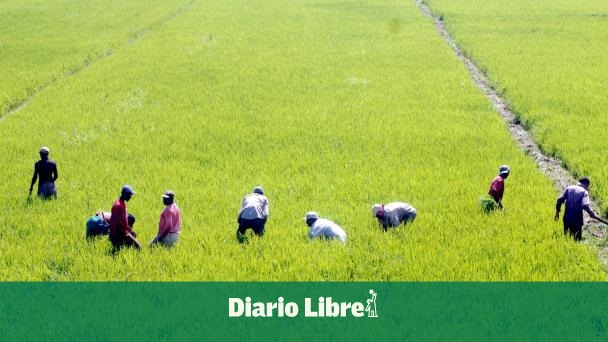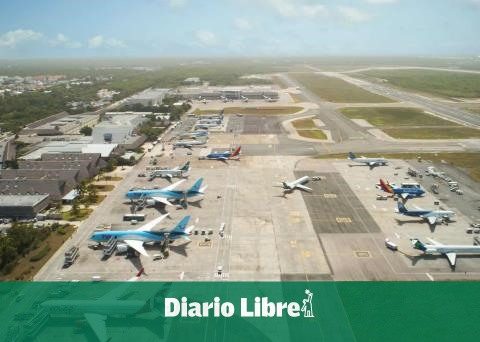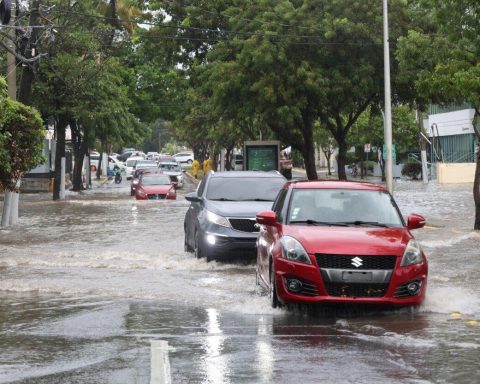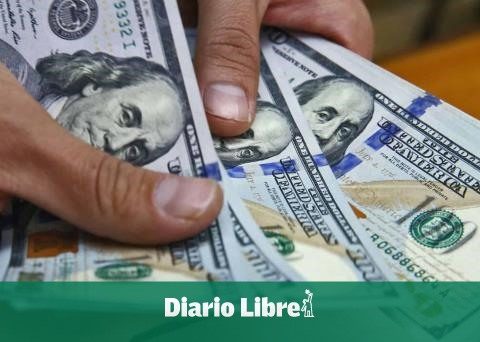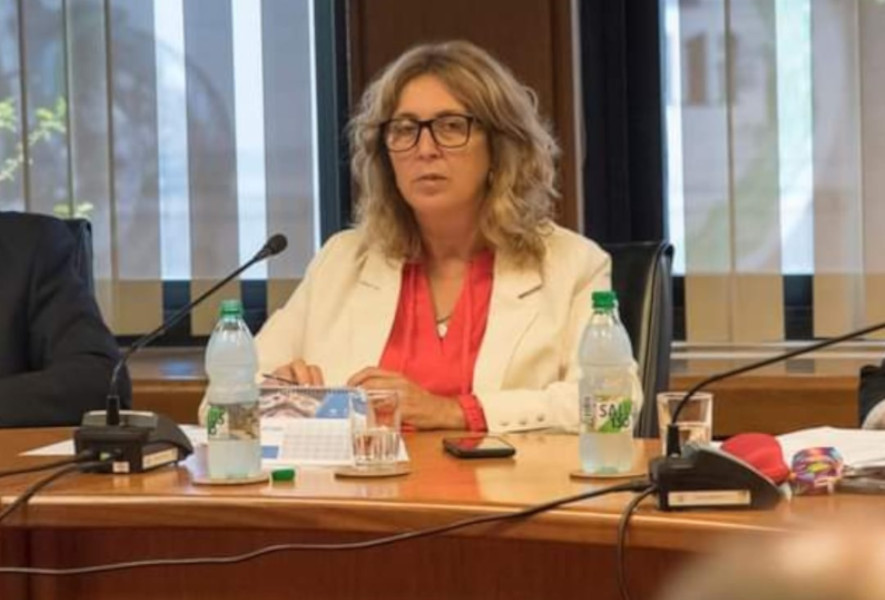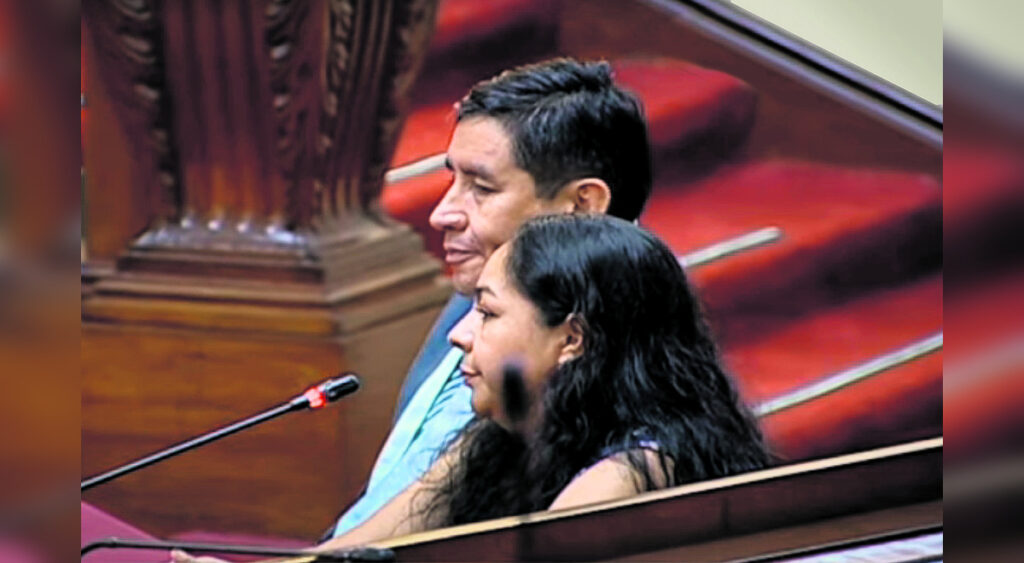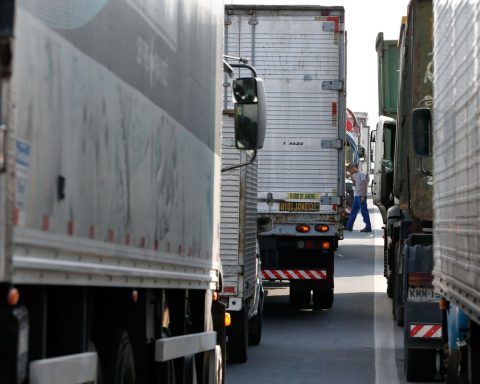President Luis Abinader notified on February 27 that work is being done to find a solution in advance of the economic impact that the tax relief would have tariff approximate total for the rice imported from the United Statesfrom 2025. But the management does not seem so easy.
already the US government has let the country know that “Does not support the reopening or renegotiation of the market access commitment” under the FTA between the United States, Central America and the Dominican Republic (DR-Caftafor its acronym in English).
Central America and the United States negotiated a FTA between January 2003 and January 2004. To this, Dominican Republic joined later in 2004 and entered validity in the country on March 1, 2007.
The agreement includes a tax relief schedule (gradual elimination of customs duties) which includes the rice imported from the United States.
According to said schedule, from 2025this cereal would enter the Dominican market with zero tariff. Therefore, producers fear that it will be sold cheaper than the one grown in the fields of Dominican Republic and that they will take away its market when the country is considered self-sufficient in this category.
Currently, the tariff rate is in 23.76% and in 2024 it will drop to 11.88%.
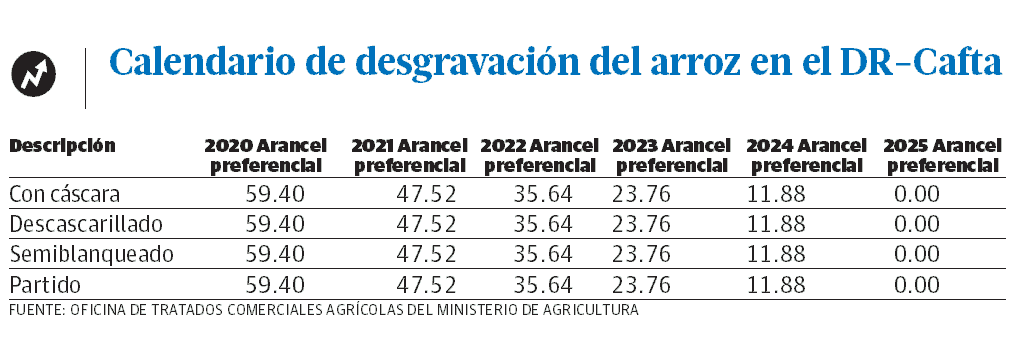
Everyone must approve
“Although the tariff schedules of the DR-Cafta and some other market access annexes may reflect the obligations of each country, such commitments they contract between all Parties. any modification to the phasing out of the tariff quotas would imply a change in the Agreement and would require approval of all parts of the DR-Cafta”, the ambassador replied Jayme Whiteassistant trade representative of the United States, to the Dominican ambassador in Washington, sonia guzmanin a letter dated October 7, 2022.
“As noted on previous occasions, the United States does not support reopening or renegotiation of the market access commitments under the DR-Cafta”.
The North American nation is willing to continue the discussion on advances in technologypractices and productivity in the Dominican rice sector, and provide technical assistance.
the missive
The response of the official of the fifth largest exporter of rice of the world occurred as a result of a missive of August 17, 2022 in which Guzmán -according to the letter- conveyed the concerns raised by the Dominican rice industry in connection with the agreement.
before the panorama, Free Daily has learned that the country would be on its way to request a technical advice of the Law Advice Center of the World Trade Organization.
Free Daily He tried to interview the ambassador, but was unsuccessful. Guzmán was also the chief negotiator for the Dominican Republic when the country sought to join the treaty.
A interministerial commission of Industry, Foreign Relations and Agriculture is commissioned to execute the necessary measures to safeguard and protect the producers of riceindicated President Abinader.
Dominican producers understand that from the beginning the rice should not have been accepted inside of the DR-Cafta because it is a sensitive product at the socioeconomic level.
![The US warned the DR that it does not support renegotiating DR-Cafta rice [object HTMLTextAreaElement]](https://resources.diariolibre.com/images/2023/03/14/un-hombre-con-un-perro-en-el-agua-d505356b.jpeg)
Figures from the Ministry of Agriculture
14,421,519quintals
They were produced in 2021, being the highest production reported by Agriculture in a database that compiles it since 2002.
8,263,426quintals
It was produced in 2004, when the country joined the DR-Cafta.
2025: what will it be like?
if in 2025 he rice imported from the United States does not pay dutythe companies that produce it -which also have state subsidies- will be able to sell the cereal initially cheaper than the Dominican one, affecting local farmers.
This is the scenario that has been prophesied for years by the rice sector, whose spokesmen have insisted that negotiate tax relief full coming.
The average price of the rice pound select is between 28 and 30 pesos. Producers fear it will be introduced in 2025 rice american to 22 pesosfor example, and it is a competition for them.
“Once they set a cheap import price, when they destroy local competition, what happens? Prices go back up. at what level? Whoever they want, because there is no more local competition,” says Heraldo Suero, executive vice president of the Dominican Rice Union.
“What would happen in a province without rice? Delinquency and migration to the cityIt’s natural,” he warns.
President Abinader himself reported in his last accountability speech to the nation that the income of the rice depend more on 90,000 direct jobs, 320,000 indirect and 300 factories.
In addition, the economic activity generated by its cultivation accounts for more than 45,000 million pesos“whose instability would create a true social crisis” that the government “will not allow”.
“Right now we are, I would say, nervous and with the real fear that this it would be the penultimate rice harvest (March-April)”, says Suero. The warning is made when referring to the time of year when more of the cereal is collected.
“Because next year, in 2024, would be the last, and because in 2025, what will happen is that suddenly, due to the tariff cut of the DR-Cafta, as of January you can enter any number of rice of origin in the United States to zero rate”, precise.
He estimates that next year’s tariff rate, of 11.88%, it’s already business for that market within free trade.

In 2021the Dominican rice sector produced 14,421,519 quintalsbeing the highest production reported by the Ministry of Agriculture in a database that compiles it since 2002. In 2004when the country joined the DR-Caftait was of 8,263,426 quintals.
Suero remembers that in January of this 2023, they visited the Dominican Republic leaders of the rice sector of the United States, for an international promotional planning conference. This increased the fears of the Dominicans, who consider it as a warning commercial monitoring.
